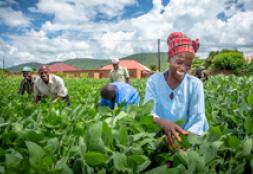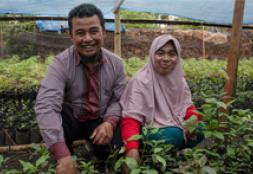Read the Guide and explore the Resources and Case Studies Booklet
RESOURCES
Landscape Approach 101
This self-paced course was developed by the World Bank Group to give practitioners an overview of the Landscapes Approach.
Available at: https://olc.worldbank.org/facilitated/link/00018381
The Little Sustainable Landscapes Book
This guide to sustainable landscapes was produced in collaboration with the World Wide Fund for Nature (WWF), EcoAgriculture Partners, The Nature Conservancy (TNC), IDH The Sustainable Trade Initiative, and The Global Canopy Programme.
Authors: Louisa Denier, Sara Scherr, Seth Shames, Paul Chatterton, Lex Hovani, and Nienke Stam
Available at: https://globalcanopy.org/insights/publication/the-little-sustainable-landscapes-book/
Published in 2021, the report ‘Towards a Holistic Approach to Sustainable development, A Guide to Integrated Land-Use Initiatives’ takes stock of lessons learned and documents best practices from a range of integrated land use initiatives. The Resource and Case Studies Booklet, was published as a companion to the Guide.










